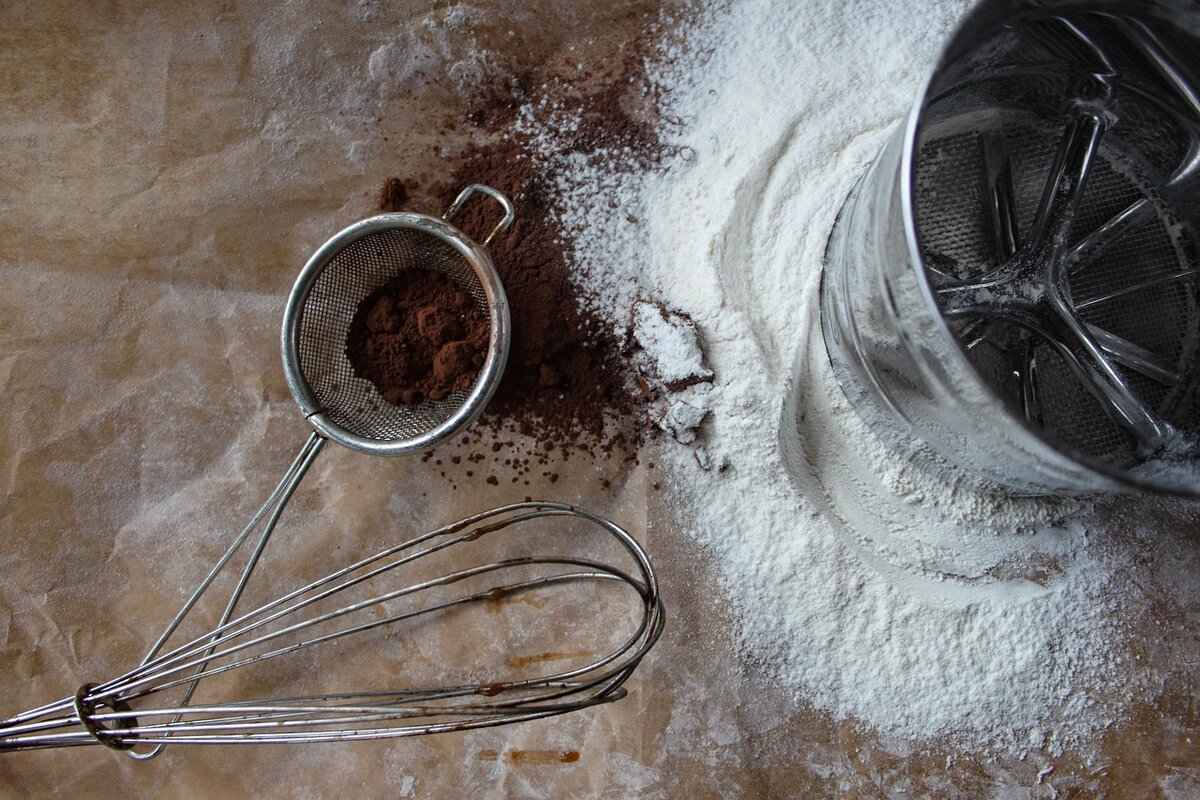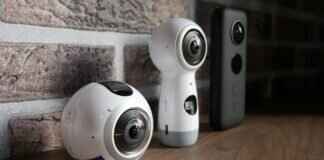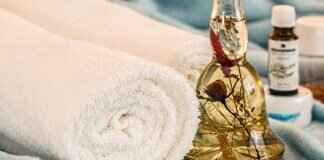Understanding the importance of cleaning your matcha whisk can significantly enhance the flavor and quality of your tea. Over time, residue from matcha can build up in the bristles of the whisk, affecting the taste of your tea. A dirty whisk can lead to clumps of matcha, making it difficult to achieve that smooth, creamy texture that is characteristic of well-prepared matcha. Furthermore, not cleaning your whisk can lead to the growth of mold or bacteria, which can pose health risks. Regular cleaning ensures that your whisk remains in optimal condition, allowing you to enjoy a delightful matcha experience every time.
Materials Needed for Cleaning Your Matcha Whisk
- Warm water
- A small bowl or cup
- A soft cloth or towel
- Optional: Mild soap (if necessary)
Gathering these materials before you start the cleaning process will make it easier and more efficient. Avoid using harsh chemicals or abrasive materials that could damage the delicate bristles of your whisk.
Step-by-Step Guide to Cleaning Your Matcha Whisk
1. Rinse the whisk under warm water immediately after use to remove excess matcha.2. Gently swirl the whisk in a bowl of warm water, allowing the bristles to loosen any remaining tea particles.3. If needed, add a drop of mild soap to the water and swirl again.4. Rinse thoroughly under warm running water to remove any soap residue.5. Shake off excess water and reshape the bristles to their original form.
Following these steps will ensure that your whisk is thoroughly cleaned without compromising its structure.
Common Mistakes When Cleaning a Matcha Whisk
Even experienced tea enthusiasts make mistakes. One common error is using boiling water, which can warp the bamboo bristles. Another mistake is not rinsing the whisk immediately after use, allowing matcha to harden and become difficult to remove. Additionally, using a dishwasher or soaking the whisk for extended periods can damage it. It’s crucial to handle your whisk with care to maintain its longevity.
How to Dry Your Matcha Whisk Properly
Proper drying is as important as cleaning. After rinsing, gently shake the whisk to remove excess water. Place it upright in a whisk holder or a cup to allow air circulation. Avoid laying it flat, as this can cause the bristles to become misshapen. Ensure the whisk is completely dry before storing it to prevent mold growth.
When to Replace Your Matcha Whisk
Knowing when to replace your matcha whisk can save you time and enhance your tea experience. Signs that indicate a replacement is necessary include frayed bristles, loss of shape, or an inability to froth matcha effectively. Regularly inspect your whisk to ensure it remains in good condition for optimal tea preparation.
Best Practices for Storing Your Matcha Whisk
Storage plays a critical role in the longevity of your matcha whisk. Always store your whisk in a cool, dry place away from direct sunlight. Using a whisk holder can help maintain its shape and prevent damage. Avoid storing it in a damp environment, as this can lead to mold growth.
Benefits of Using a High-Quality Matcha Whisk
Investing in a high-quality matcha whisk can elevate your tea experience. Premium whisks are made from superior materials, allowing for better frothing and mixing. They also tend to have more bristles, which means a finer and smoother matcha. A well-crafted whisk can make a noticeable difference in the overall quality of your matcha tea.
Different Types of Matcha Whisks
Understanding the various types of matcha whisks can help you choose the right one for your needs. Traditional whisks, known as chasen, are made from bamboo and come in various sizes and shapes. There are also modern alternatives made from stainless steel or silicone, which can be easier to clean. Each type has its unique features and benefits, catering to different preferences.
How to Choose the Right Matcha Whisk for Your Needs
Selecting the appropriate matcha whisk can enhance your tea-making experience. Consider factors such as the size of the whisk, the type of matcha you use, and your personal preferences. A larger whisk may be better for frothing larger quantities, while a smaller whisk can be ideal for single servings.
Exploring Matcha Whisk Alternatives
If a traditional matcha whisk isn’t available, alternatives can still provide a good experience. Tools like electric frothers or milk whisks can be used to achieve a similar result. However, these may not replicate the traditional method entirely, so it’s worth experimenting to find what works best for you.
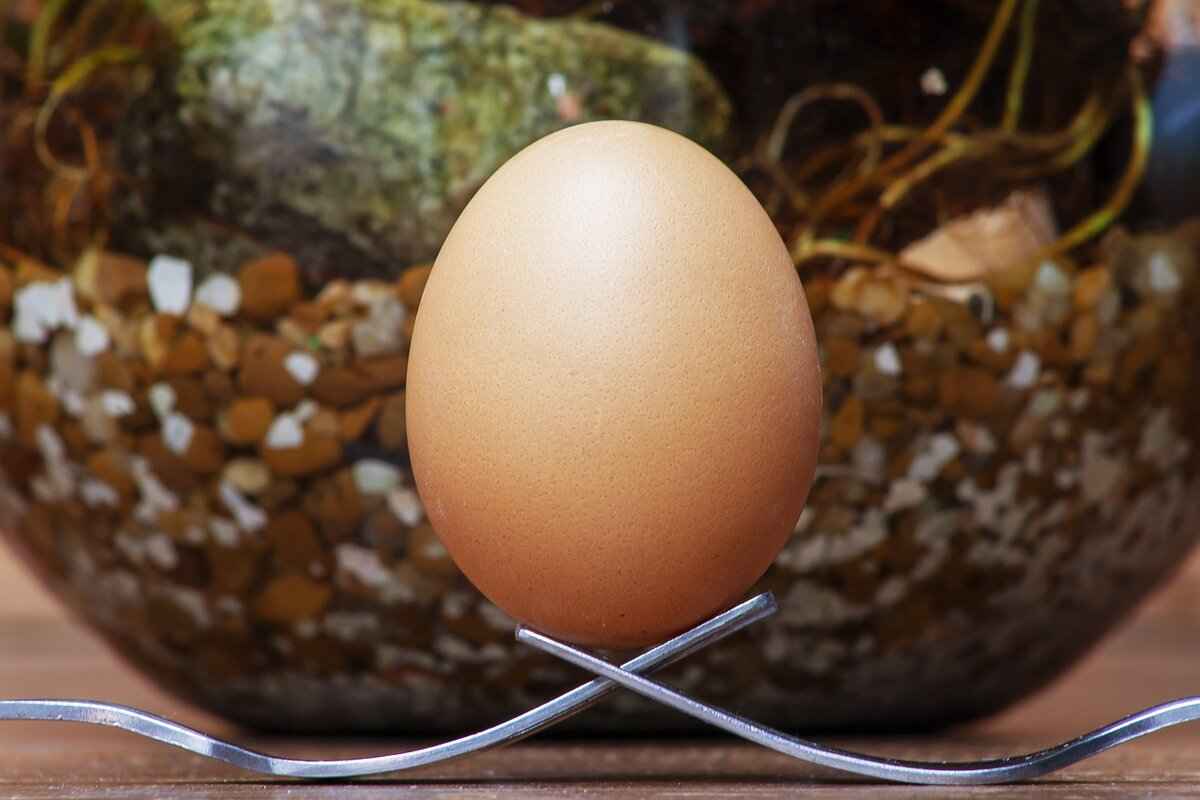
Why Cleaning Your Matcha Whisk is Essential
When it comes to preparing the perfect cup of matcha tea, the cleanliness of your matcha whisk plays a pivotal role. A well-maintained whisk not only enhances the flavor of your tea but also ensures that the experience is as enjoyable as possible. This section delves into the various reasons why cleaning your matcha whisk is essential for both flavor and quality.
- Preservation of Flavor: Residue from previous matcha preparations can significantly alter the taste of your tea. Old matcha particles can lead to a bitter or stale flavor, detracting from the vibrant, fresh taste that high-quality matcha is known for. By regularly cleaning your whisk, you ensure that each cup of tea reflects the true essence of the matcha.
- Improved Froth Quality: A clean whisk is crucial for achieving the desired frothy texture that is characteristic of well-prepared matcha. Any buildup on the whisk can hinder its ability to aerate the tea properly, resulting in a less satisfying foam. This can affect not only the aesthetic appeal but also the overall mouthfeel of the drink.
- Hygiene Considerations: Just like any kitchen tool, your matcha whisk can harbor bacteria if not cleaned properly. This is especially important if you’re sharing your whisk with others. Regular cleaning helps to maintain hygiene, ensuring that your tea remains safe to drink.
- Longevity of the Whisk: A matcha whisk is often crafted from delicate materials like bamboo. Neglecting to clean your whisk can lead to deterioration over time, affecting its functionality. By taking the time to clean your whisk, you not only maintain its performance but also extend its lifespan, saving you money in the long run.
- Enhanced Aesthetic Appeal: A clean whisk looks much more appealing when serving matcha to guests. It reflects your dedication to quality and attention to detail, enhancing the overall experience of enjoying matcha.
In summary, the importance of cleaning your matcha whisk cannot be overstated. From preserving the flavor and quality of your tea to ensuring hygiene and extending the life of your whisk, regular maintenance is key. By incorporating a simple cleaning routine into your matcha preparation process, you can elevate your tea experience to new heights.
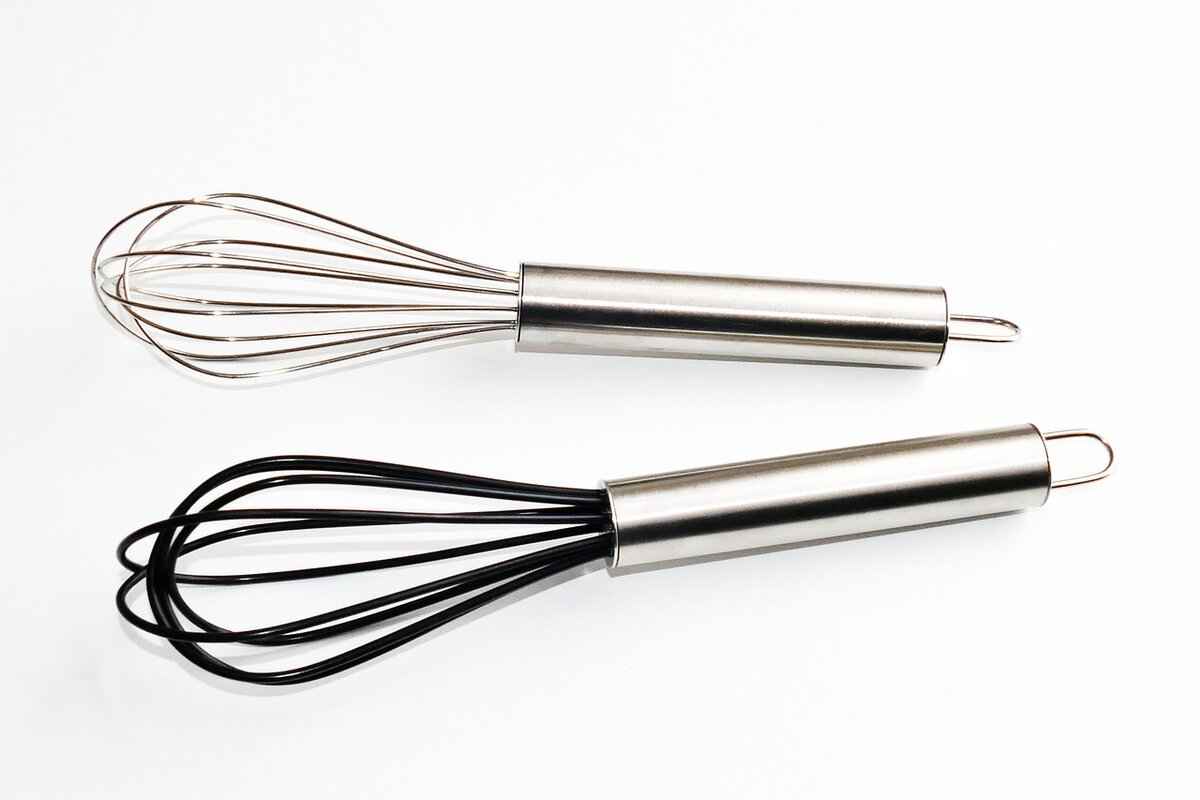
Materials Needed for Cleaning Your Matcha Whisk
When it comes to preparing the perfect cup of matcha, a clean whisk is essential. Before diving into the cleaning process, it’s crucial to gather the right materials. Having the appropriate tools and supplies will not only make the cleaning process easier but also ensure that your matcha whisk remains in optimal condition for future use. Below, we outline the necessary materials you’ll need to effectively clean your matcha whisk.
- Warm Water: The primary cleaning agent for your matcha whisk is warm water. It helps to dissolve any matcha residue without damaging the delicate bristles.
- Soft Brush: A soft-bristled brush, such as a toothbrush, can be invaluable for gently removing stubborn matcha particles that may cling to the whisk.
- Microfiber Cloth: This is essential for drying your whisk after cleaning. A microfiber cloth will absorb moisture without leaving any lint behind.
- Small Bowl: A small bowl is useful for soaking the whisk in warm water, allowing any matcha residue to loosen before you begin scrubbing.
- Natural Soap (Optional): If your whisk is particularly dirty, a few drops of natural soap can be used. However, be cautious as soap can leave a residue if not rinsed thoroughly.
Once you have gathered these materials, you are well-prepared to start the cleaning process. It’s important to remember that the integrity of your matcha whisk is paramount. Using harsh chemicals or abrasive materials can damage the whisk and affect the taste of your matcha. Therefore, sticking to gentle cleaning methods and natural materials is always recommended.
In addition to the materials listed above, consider having a designated cleaning area. This will help you keep your workspace organized and ensure that you can focus on thoroughly cleaning your whisk without distractions. A clean and tidy environment can also enhance your overall matcha preparation experience.
By gathering the right materials and preparing your cleaning space, you set the stage for a successful whisk cleaning process. With the right approach, you can maintain your matcha whisk’s quality, ensuring that every cup of matcha you prepare is as delightful as the last.
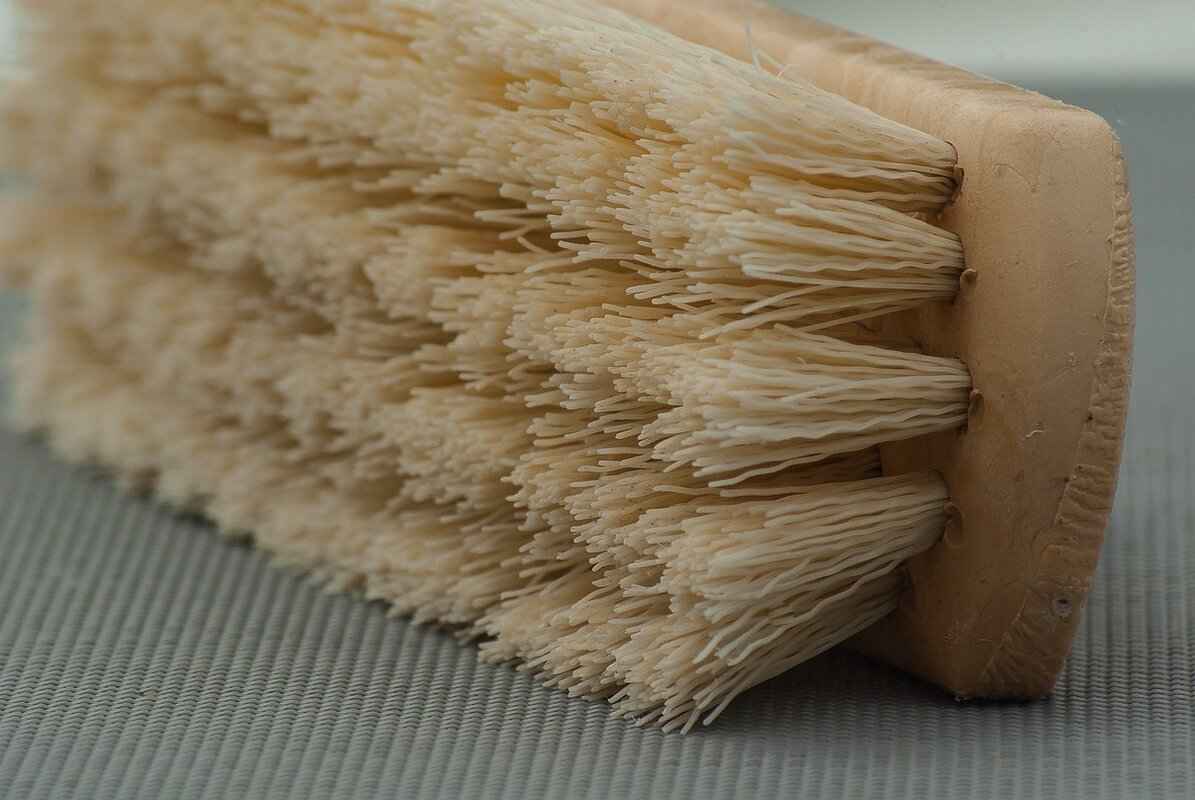
Step-by-Step Guide to Cleaning Your Matcha Whisk
Cleaning your matcha whisk is vital for maintaining its functionality and ensuring that every cup of matcha you prepare is as delightful as possible. The whisk, known as a chasen, is designed to create the perfect froth and blend the matcha powder with water. To preserve the integrity of your whisk, follow this detailed step-by-step guide:
- Gather Your Supplies: Before you start, make sure you have the following items ready:
- Warm water
- A soft brush or cloth
- A bowl for rinsing
- Optional: Mild soap (avoid harsh chemicals)
- Rinse the Whisk: Begin by rinsing your matcha whisk under warm running water. This helps to remove any residual matcha powder from the bristles.
- Gently Clean the Bristles: Using your soft brush or cloth, gently scrub the bristles to dislodge any stubborn matcha that may be stuck. Be careful not to apply too much pressure, as this can damage the delicate strands.
- Soak if Necessary: If your whisk is particularly dirty, you can soak it in a bowl of warm water for a few minutes. This will help loosen any remaining matcha.
- Rinse Again: After cleaning, rinse the whisk thoroughly under warm water to ensure all soap and matcha residue is washed away.
- Shape the Whisk: After rinsing, gently reshape the bristles back to their original form. This is crucial for maintaining the whisk’s effectiveness in future uses.
- Drying the Whisk: Place the whisk upright in a holder or on a clean towel to air dry. Avoid placing it in direct sunlight or using heat, as this can warp the bristles.
By following these steps, you can ensure that your matcha whisk remains in excellent condition, allowing you to enjoy a perfect cup of matcha every time. Regular cleaning not only enhances the flavor of your tea but also extends the lifespan of your whisk, making it a worthwhile investment for any tea lover.
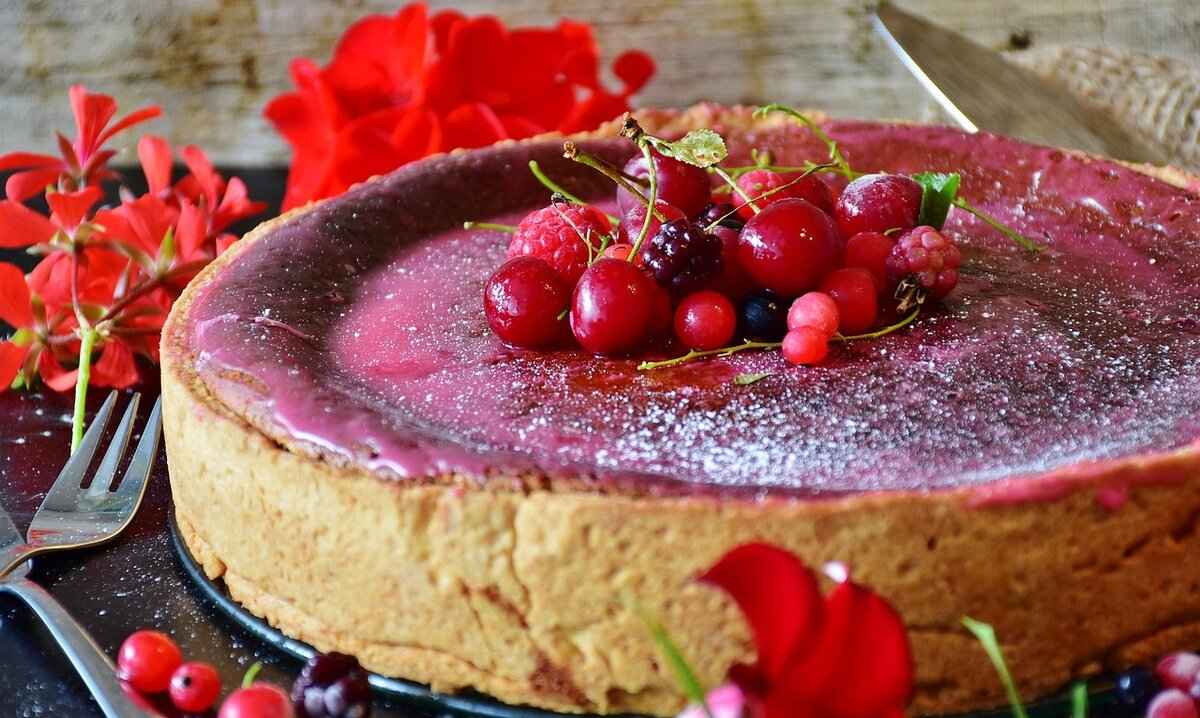
Common Mistakes When Cleaning a Matcha Whisk
Cleaning a matcha whisk is a delicate task that requires attention to detail. Even seasoned tea enthusiasts can find themselves making common mistakes that can compromise the quality and longevity of their whisks. Understanding these pitfalls is essential for maintaining a well-functioning tool that enhances your matcha tea experience. Below, we explore the most frequent errors and provide insights on how to avoid them.
One of the most prevalent mistakes is using hot water to rinse the matcha whisk. While it might seem logical to use hot water for cleaning, it can actually cause the bamboo bristles to warp or split. Instead, use lukewarm or cold water to gently rinse the whisk, ensuring that the integrity of the bristles remains intact.
Another common error is not soaking the whisk after use. Matcha can dry quickly and become difficult to remove. By soaking the whisk in lukewarm water for a few minutes, you allow the matcha residue to soften, making it easier to clean. This simple step can save you time and prevent damage to the whisk.
Many enthusiasts mistakenly believe that a vigorous scrub is necessary to remove stubborn matcha residue. However, scrubbing too hard can lead to fraying or breaking of the delicate bristles. Instead, gently swirl the whisk in the water, allowing the motion to dislodge any leftover matcha without causing harm.
Some individuals may think that using soap will help clean their matcha whisk more effectively. However, soaps and detergents can leave a residue that affects the taste of your matcha. It’s best to avoid any cleaning agents and rely solely on water for rinsing. If necessary, a mild vinegar solution can be used occasionally, but ensure thorough rinsing afterward.
After cleaning, many people overlook the importance of proper drying. Placing the whisk on a flat surface can cause the bristles to lose their shape. Instead, always store the whisk upright in a whisk holder or a cup to allow air circulation and help maintain its form. This practice will extend the life of your whisk significantly.
Lastly, failing to perform regular maintenance can lead to a buildup of matcha residue over time. Regularly rinsing and soaking your whisk after each use will prevent this issue. Additionally, consider periodically replacing your whisk if you notice signs of wear and tear, ensuring that you always have a high-quality tool for your tea preparation.
By avoiding these common mistakes, you can ensure that your matcha whisk remains in excellent condition, allowing you to enjoy the full flavor and benefits of your matcha tea. Remember, a well-cared-for whisk not only enhances your tea experience but also reflects your dedication to the art of matcha preparation.
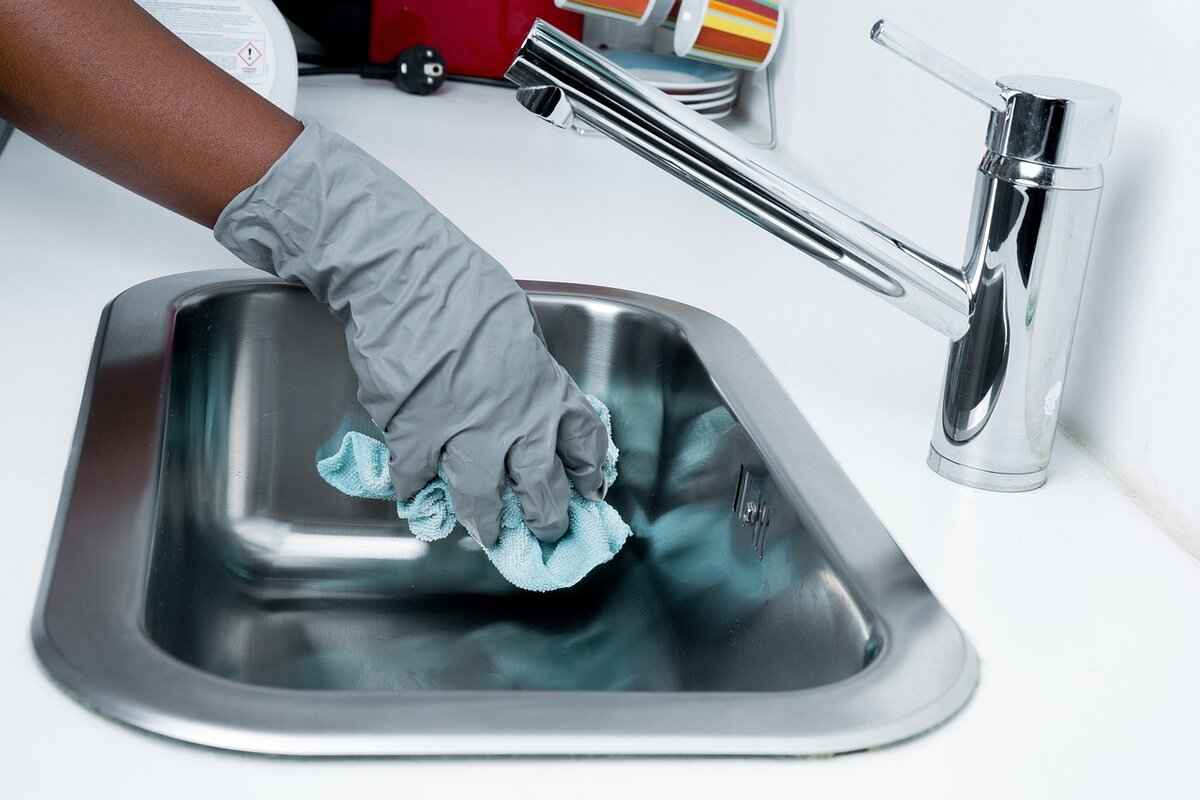
How to Dry Your Matcha Whisk Properly
Proper drying is just as crucial as cleaning when it comes to maintaining the longevity and performance of your matcha whisk. A well-cared-for whisk not only enhances your tea experience but also preserves the delicate structure of the tool. In this section, we will explore the best practices for drying your matcha whisk effectively, ensuring it retains its shape and functionality.
After cleaning your matcha whisk, it is essential to dry it properly. If moisture is left trapped in the bristles, it can lead to mold growth and unpleasant odors. Additionally, improper drying can cause the whisk to lose its original shape, making it less effective for whisking matcha. By following the right drying techniques, you can extend the life of your whisk and ensure it remains in optimal condition.
- Shake Off Excess Water: After rinsing your whisk, gently shake it to remove any excess water. Avoid twisting or pulling the bristles, as this can cause them to bend or break.
- Air Dry: Place the whisk upright in a well-ventilated area. This allows air to circulate around the bristles, promoting even drying. Avoid placing the whisk in direct sunlight, as this can cause the bamboo to become brittle.
- Use a Whisk Holder: If you have a whisk holder, use it to maintain the shape of the bristles while drying. This helps prevent the whisk from flattening and ensures it retains its functionality.
- Check for Residual Moisture: Before storing your whisk, ensure that it is completely dry. You can gently touch the bristles to check for any remaining moisture.
Even seasoned matcha enthusiasts can make mistakes when drying their whisks. Here are some common pitfalls to avoid:
- Using Heat Sources: Never use a hairdryer or other heat sources to dry your whisk, as excessive heat can damage the bamboo.
- Storing While Damp: Storing your whisk while it is still damp can lead to mold growth and unpleasant smells. Always ensure it is fully dry before putting it away.
- Neglecting the Shape: Failing to use a whisk holder or not drying it upright can cause the bristles to lose their shape, affecting their performance.
The drying time for your matcha whisk can vary based on environmental conditions. On average, allow your whisk to air dry for at least 24 hours in a cool, dry place. If you live in a humid environment, it may take longer. Always check for dryness before storing.
In conclusion, proper drying of your matcha whisk is vital to maintaining its shape and functionality. By following the best practices outlined above, you can ensure your whisk remains in excellent condition for years to come. Remember, a well-cared-for whisk not only enhances your matcha preparation but also contributes to a more enjoyable tea experience.
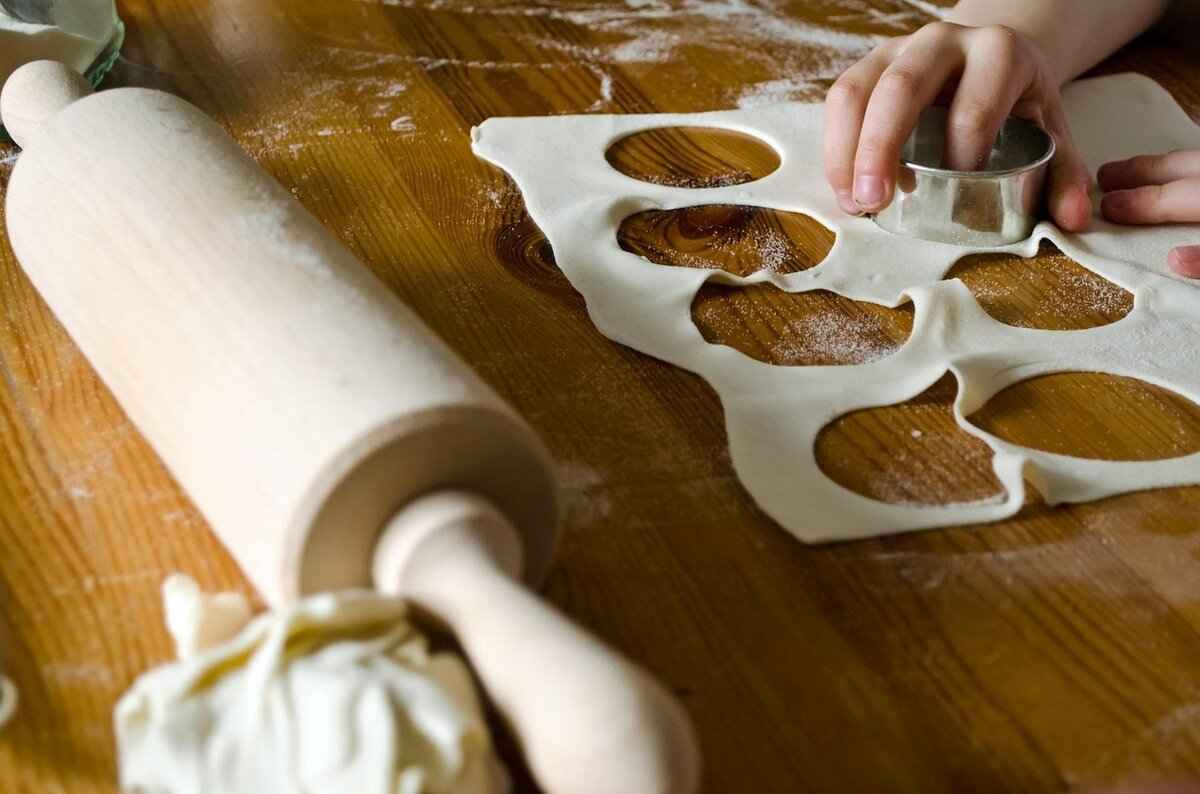
When to Replace Your Matcha Whisk
Understanding the lifespan and maintenance of your matcha whisk is crucial for every tea enthusiast. A well-maintained whisk not only enhances the quality of your matcha but also contributes to a more enjoyable tea-making experience. This section delves into the key indicators that suggest it’s time to replace your matcha whisk, ensuring you always have the best tool at your disposal.
- Frayed Bristles: One of the most obvious signs that your whisk needs replacing is when the bristles become frayed or bent. A whisk with damaged bristles will not effectively aerate the matcha, leading to clumps and an uneven texture.
- Loss of Shape: If your whisk no longer retains its original shape, it’s time for a replacement. A well-formed whisk is essential for creating the perfect froth and mixing the matcha thoroughly.
- Difficulty in Whisking: If you find that whisking your matcha takes significantly more effort, it may indicate that your whisk is worn out. A good whisk should glide through the matcha smoothly.
- Staining or Odor: Over time, matcha residue can build up and lead to staining or unpleasant odors. If you notice persistent stains or smells that don’t come out with cleaning, it’s a sign your whisk has reached the end of its life.
- Cracks or Breakage: Inspect your whisk regularly for any cracks or breakage in the bamboo. Even small cracks can affect performance and may lead to bristle loss during use.
The frequency of replacement largely depends on how often you use your whisk. For daily users, a whisk may last anywhere from six months to a year, while occasional users might find their whisk lasts longer. Regular inspections will help determine the right time for replacement. Keep in mind that investing in a high-quality whisk can extend its lifespan significantly.
When it comes to replacing your matcha whisk, consider the following:
- Material: Most matcha whisks are made from bamboo, but there are also metal and silicone options. Bamboo is traditional and offers a unique texture, while metal may provide durability.
- Size: Whisks come in various sizes, typically ranging from 80 to 100 prongs. More prongs can create a finer froth, while fewer prongs are suitable for thicker mixes.
- Brand and Quality: Look for reputable brands known for their craftsmanship. A high-quality whisk may cost more initially but will provide a better experience and longer lifespan.
Being aware of these signs and knowing when to replace your matcha whisk can greatly enhance your tea experience. Regularly inspecting your whisk and understanding its condition will ensure that you always have the best tools for preparing your matcha. A well-functioning whisk not only improves the flavor and texture of your tea but also makes the preparation process more enjoyable.
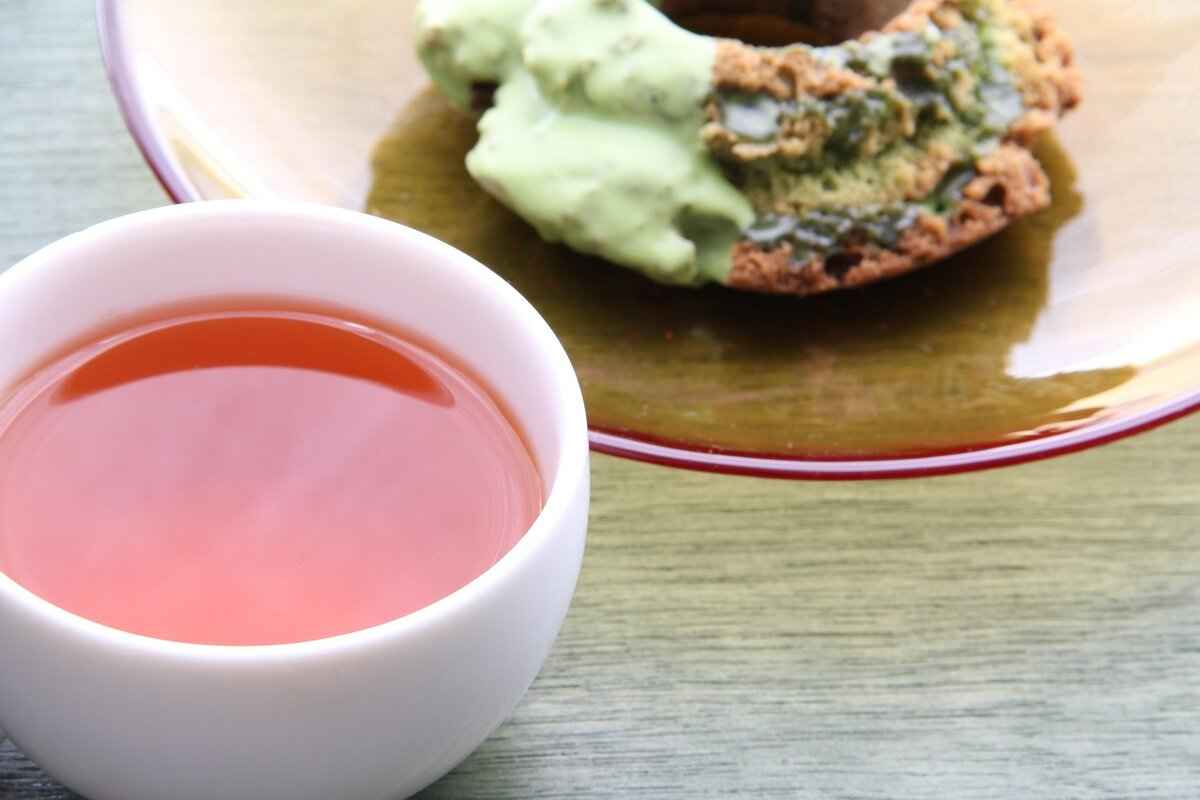
Best Practices for Storing Your Matcha Whisk
When it comes to enjoying a perfect cup of matcha, the quality of your tools is just as important as the quality of the matcha itself. Among these tools, the matcha whisk, or chasen, plays a vital role in achieving the ideal froth and consistency. However, to maintain the performance and longevity of your matcha whisk, proper storage is essential. This section will delve into the , ensuring it stays in excellent condition for years to come.
Storing your matcha whisk correctly is crucial for several reasons. First and foremost, improper storage can lead to damage, which can affect the whisk’s ability to froth matcha effectively. The delicate bamboo tines can easily become bent or broken if not stored properly, rendering the whisk ineffective. Additionally, exposure to moisture and humidity can lead to mold growth, compromising both the whisk and the quality of your matcha tea.
To keep your matcha whisk in top shape, consider the following storage conditions:
- Dry Environment: Always store your whisk in a cool, dry place away from direct sunlight. Moisture can lead to deterioration and mold.
- Temperature Control: Avoid extreme temperatures, as both heat and cold can negatively affect the bamboo material.
- Ventilation: Ensure that the storage area is well-ventilated to prevent humidity buildup.
One of the best ways to store your matcha whisk is by using a whisk holder or chasen holder. These holders are specifically designed to maintain the shape of the whisk and protect it from damage. Here’s how to use it:
- Place the whisk in the holder immediately after use, ensuring that the tines are not pressed against any surface.
- Keep the holder in a safe spot, away from heavy objects that could accidentally fall and damage the whisk.
To ensure your matcha whisk remains in pristine condition, avoid these common storage mistakes:
- Storing in a Drawer: Avoid placing your whisk in a drawer where it can be squished or tangled with other utensils.
- Leaving it Wet: Never store your whisk without thoroughly drying it first. Moisture can lead to mold and deterioration.
- Ignoring the Tines: Be careful not to bend or twist the tines when placing the whisk in storage.
Make it a habit to regularly inspect your matcha whisk for any signs of wear or damage. Look for bent tines or any discoloration that may indicate mold or moisture damage. If you notice any issues, take action immediately to prevent further deterioration.
By following these best practices for storing your matcha whisk, you can ensure that it remains in excellent condition, allowing you to enjoy the perfect cup of matcha every time. Proper storage not only extends the life of your whisk but also enhances your overall tea experience.
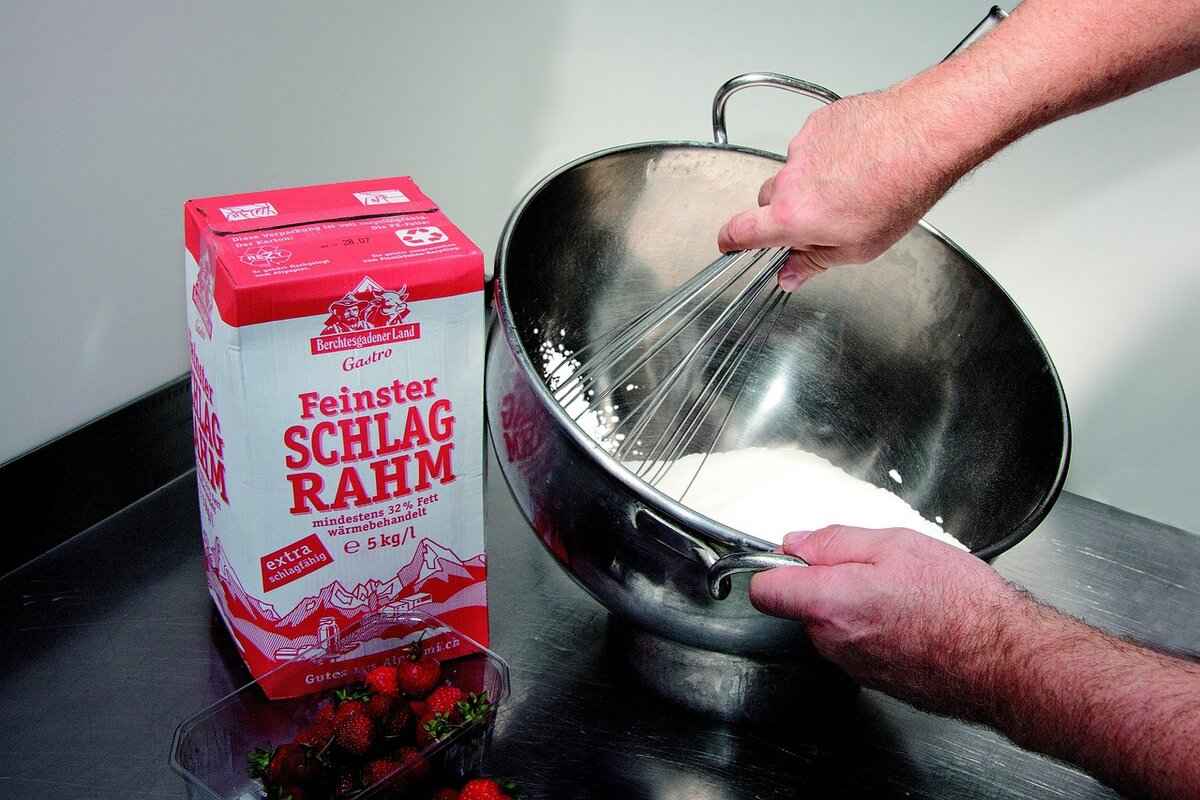
Benefits of Using a High-Quality Matcha Whisk
When it comes to enjoying matcha, the experience goes beyond just the tea itself; it encompasses the tools used to prepare it. One of the most vital tools in matcha preparation is the whisk, or chasen. Investing in a high-quality matcha whisk can significantly elevate your tea experience. This section explores the advantages of using a premium whisk for matcha preparation.
A high-quality matcha whisk is crafted with precision, often made from natural bamboo. This craftsmanship is essential for achieving the perfect froth and consistency in your matcha. Unlike cheaper alternatives, a premium whisk ensures that the matcha powder is fully incorporated with water, resulting in a smoother, creamier beverage.
Using a high-quality whisk can dramatically enhance the flavor of your matcha. The fine bristles of a premium whisk help to aerate the matcha, releasing its natural aromas and flavors. This process not only improves the taste but also creates a delightful froth that elevates the overall drinking experience.
Investing in a quality matcha whisk means investing in durability. Premium whisks are designed to withstand regular use without losing their shape or effectiveness. A well-maintained whisk can last for years, making it a cost-effective choice in the long run.
High-quality whisks are typically designed with a comfortable grip and an optimal number of tines, allowing for better control while whisking. This ease of use is particularly beneficial for beginners who may struggle with achieving the right consistency. The ergonomic design reduces hand fatigue, making the whisking process enjoyable.
Using a premium whisk helps preserve the quality of your matcha. Cheaper whisks can leave behind residues or break down over time, potentially contaminating your matcha. A quality whisk minimizes these risks, ensuring that you enjoy the full benefits of your matcha without any unwanted flavors or textures.
For many tea enthusiasts, using a high-quality matcha whisk is about honoring tradition. The art of preparing matcha is steeped in Japanese culture, and using a well-crafted whisk connects you to this heritage. It enriches your overall experience, making each cup of matcha a moment of mindfulness and appreciation.
In summary, investing in a high-quality matcha whisk is essential for anyone serious about enjoying matcha. From enhancing flavor to ensuring ease of use and preserving the quality of your tea, the benefits are numerous. Whether you are a seasoned matcha drinker or just starting your journey, a premium whisk can make all the difference in your tea experience.
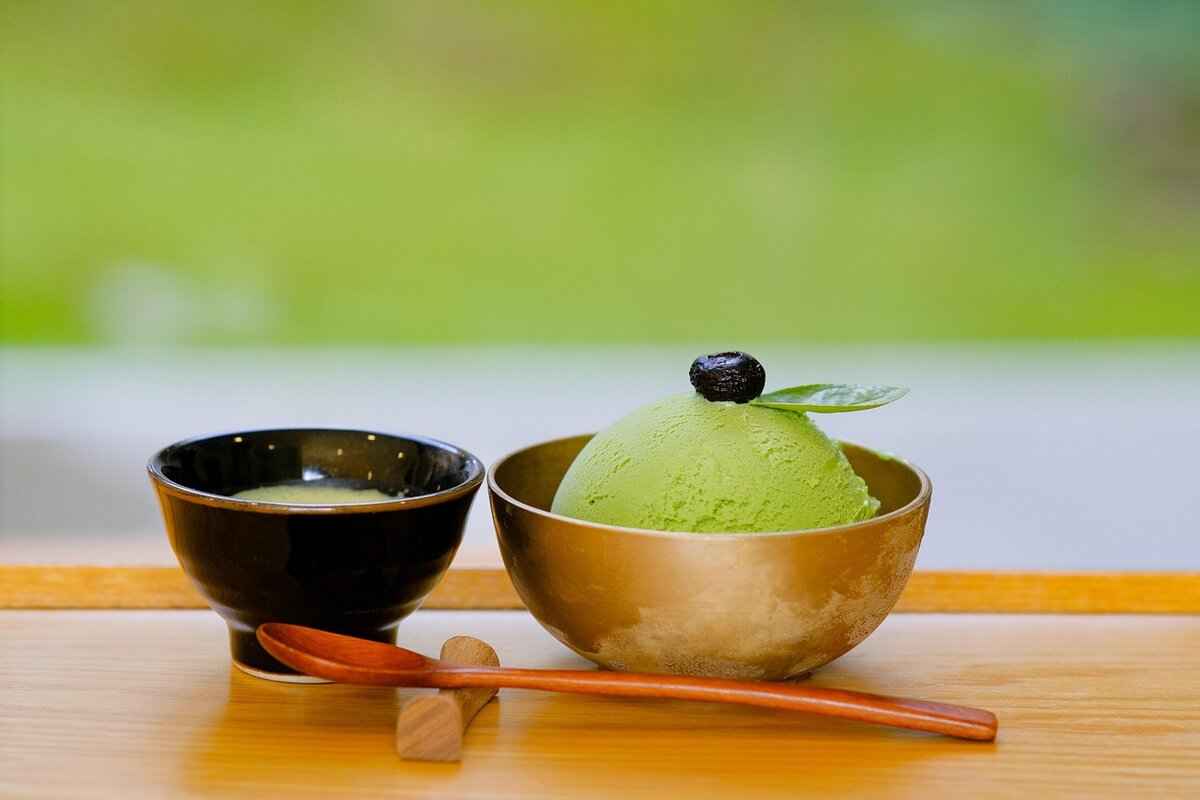
Different Types of Matcha Whisks
When it comes to preparing matcha, the whisk you choose can significantly influence the quality of your tea. Understanding the various types of matcha whisks can help you choose the right one for your needs. This section breaks down the different styles and their unique features, ensuring you can make an informed decision.
The traditional bamboo whisk, known as chasen in Japanese, is the most popular tool for whisking matcha. Made from a single piece of bamboo, the chasen features fine tines that help create a frothy and smooth matcha. It comes in various sizes, typically ranging from 80 to 120 tines, with more tines providing a finer whisking capability. This whisk is ideal for those who appreciate authenticity and wish to replicate traditional Japanese tea ceremonies.
For those seeking durability and ease of use, a metal whisk may be the perfect choice. Made from stainless steel, these whisks are less delicate than bamboo options and can withstand rigorous use. While they do not replicate the traditional experience, metal whisks are often easier to clean and maintain, making them a practical choice for everyday use.
If convenience is a priority, consider an electric matcha whisk. These battery-operated devices quickly whisk matcha into a frothy consistency with minimal effort. Ideal for those who may struggle with manual whisks, electric whisks can save time and provide consistent results. However, they may lack the finesse and control that traditional whisks offer.
A silicone whisk is a modern alternative that combines the benefits of traditional whisks with contemporary materials. These whisks are often designed to withstand high temperatures and are easy to clean. While they may not create the same level of froth as a chasen, silicone whisks are a versatile option for those who want a durable and user-friendly tool.
In addition to the standard types, there are custom and specialty whisks available for enthusiasts looking for something unique. Some artisans create whisks with specific features, such as different tine shapes or lengths, tailored to individual preferences. These can enhance the matcha preparation experience, allowing for personal expression and experimentation.
Choosing the right matcha whisk ultimately depends on your specific needs and preferences. Whether you value tradition, convenience, or durability, understanding the various types of matcha whisks will empower you to select the perfect tool for your tea-making journey.
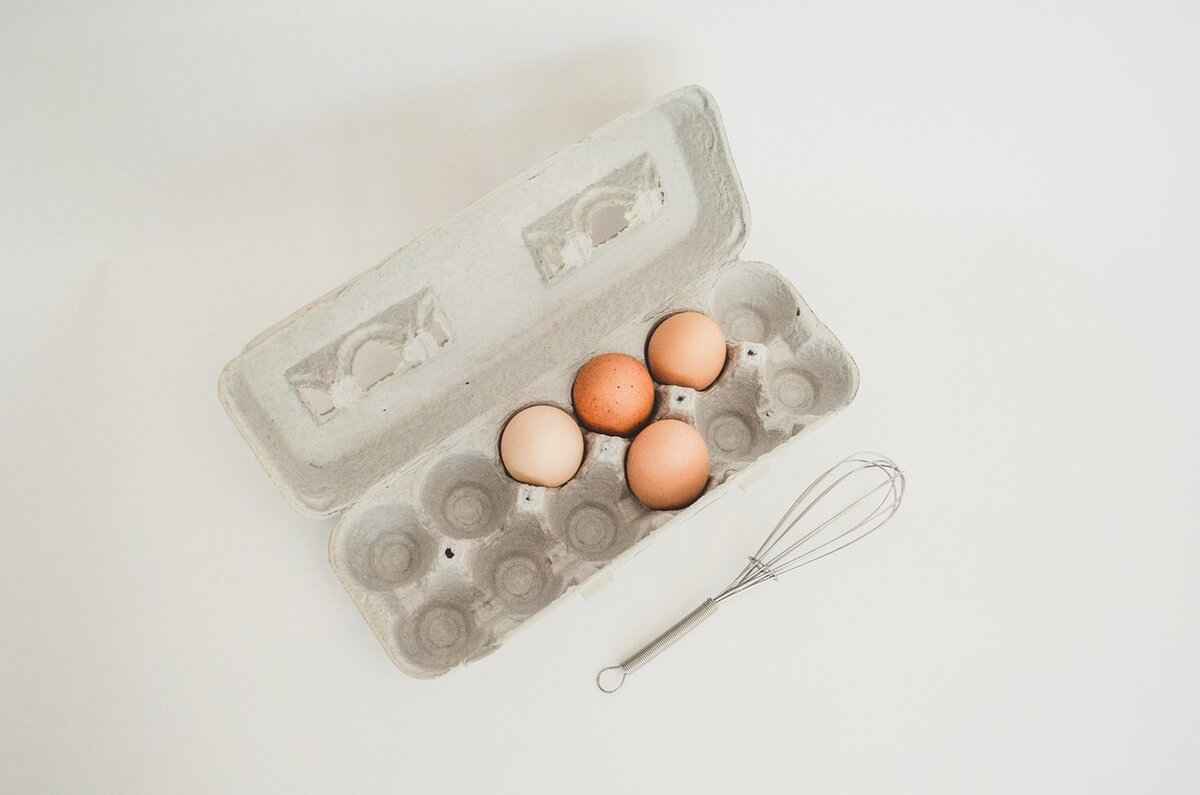
How to Choose the Right Matcha Whisk for Your Needs
Choosing the right matcha whisk is crucial for achieving the perfect cup of matcha. The whisk, or chasen, is designed specifically for whisking matcha powder with water, creating a smooth and frothy beverage. Here, we delve into the essential factors to consider when selecting your ideal matcha whisk.
Matcha whisks come in various styles, each serving a unique purpose. The most common types include:
- Bamboo Whisks: Traditional and widely used, these whisks are made from bamboo and feature 80 or more thin tines, which help to aerate the matcha effectively.
- Metal Whisks: These are durable and easy to clean but may not create the same frothy texture as bamboo. They can be a good choice for those who prefer a modern tool.
- Electric Whisks: Ideal for those who want convenience, electric whisks can quickly mix matcha with water. However, they may lack the finesse of traditional methods.
Your choice of whisk should align with how you enjoy your matcha. If you savor the traditional experience and appreciate the art of making matcha, a bamboo whisk is likely your best option. Conversely, if you prefer quick preparation, an electric whisk might be more suitable.
High-quality whisks are essential for optimal performance. When selecting a bamboo whisk, look for:
- Craftsmanship: Handcrafted whisks often have better quality than mass-produced ones.
- Material: The best whisks are made from high-grade bamboo, ensuring longevity and effective whisking.
For metal whisks, choose stainless steel options that resist rust and wear.
Matcha whisks come in various sizes, typically measured by the number of tines. A whisk with more tines can create a frothier beverage, while fewer tines may be better for a thicker consistency. Consider the size of your matcha bowl as well; a larger bowl may require a larger whisk for effective mixing.
Matcha whisks are available at various price points. While it can be tempting to opt for the cheapest option, investing in a quality whisk can enhance your matcha experience significantly. A well-made whisk can last for years, making it a worthwhile investment.
When looking for a matcha whisk, consider purchasing from specialty tea shops or reputable online retailers. These sources often provide detailed descriptions and customer reviews, helping you make an informed decision.
In summary, selecting the right matcha whisk involves understanding the different types available, assessing your personal preferences, and considering factors such as size, quality, and budget. By taking the time to choose wisely, you can enhance your matcha-making experience and enjoy a delightful cup of tea.
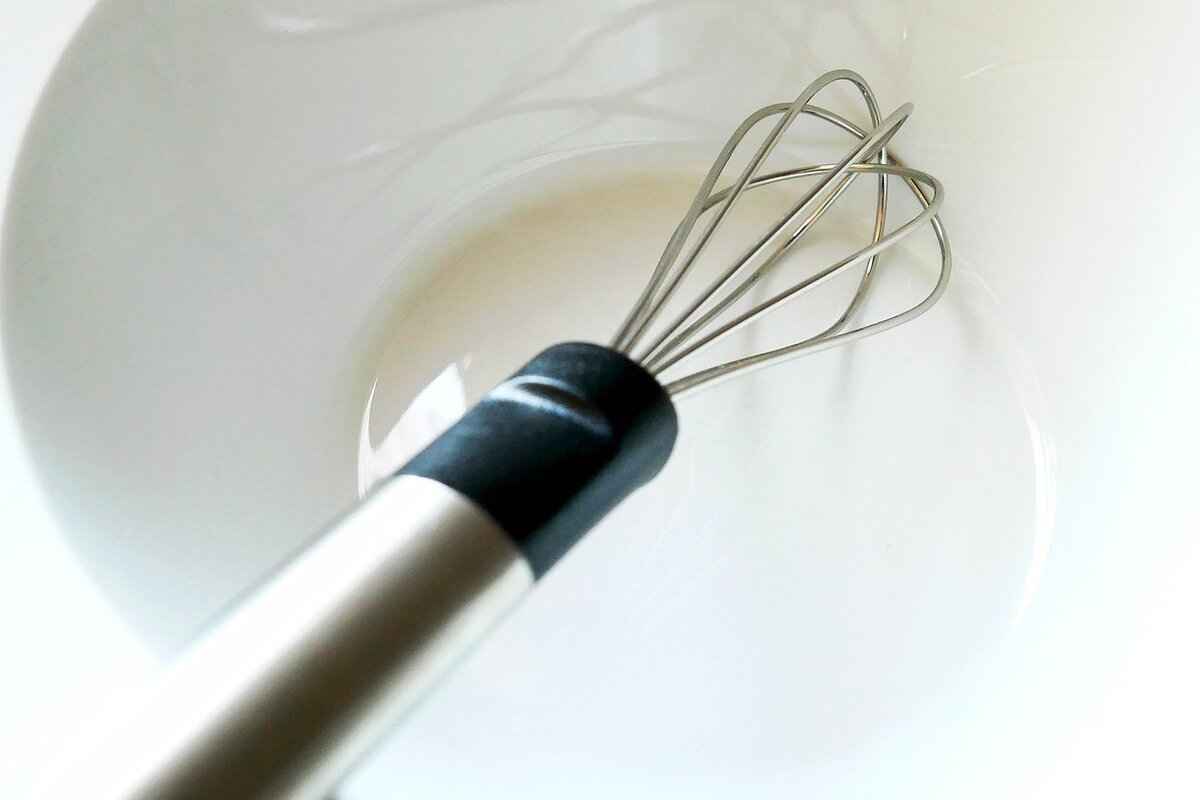
Exploring Matcha Whisk Alternatives
Matcha tea has become increasingly popular, and while the traditional matcha whisk (chasen) is the preferred tool for preparing this vibrant green beverage, there are various alternatives that can still deliver a satisfying experience. Whether you’re out of a whisk, traveling, or simply seeking a different method, understanding these substitutes can help you enjoy your matcha without compromise.
If you find yourself without a traditional matcha whisk, don’t worry! There are several tools that can effectively mix your matcha powder and water, ensuring you achieve a smooth and frothy consistency. Here are some practical alternatives:
- Milk Frother: A battery-operated milk frother can be an excellent substitute for whisking matcha. Its rapid spinning action mimics the motion of a traditional whisk, allowing for thorough mixing of the matcha powder with liquid. Simply add your matcha and water to a cup and use the frother to blend them together until frothy.
- Handheld Electric Mixer: For those who prefer a more robust option, a handheld electric mixer can effectively blend matcha. Use a whisk attachment if available, and mix on a low speed to avoid splattering. This method is particularly useful when preparing larger servings of matcha.
- Blender: A standard kitchen blender can also serve as a great alternative. Add your matcha powder, hot water, and any additional ingredients like milk or sweeteners, then blend until smooth. This method not only combines the ingredients well but can also enhance the texture of your drink.
- Regular Whisk: If you have a standard kitchen whisk, it can be used in place of a matcha whisk. While it may not produce the same frothy texture, a regular whisk can still effectively mix the matcha and water. Use a fast, circular motion to incorporate air into the mixture.
- Fork: Surprisingly, a simple fork can do the trick in a pinch. Use the tines to whisk the matcha powder and water together vigorously. This method requires a bit more effort, but it can yield a decent result.
Each of these alternatives has its pros and cons, and the best choice depends on your personal preferences and available tools. Regardless of the method you choose, the key is to ensure that the matcha is well-mixed to avoid clumps and achieve that desirable frothy texture.
In addition to these tools, remember that the quality of your matcha powder plays a significant role in the overall experience. Investing in high-quality matcha will enhance the flavor and provide a more enjoyable tea experience, regardless of the whisking method used.
Ultimately, while the traditional matcha whisk is ideal, these alternatives can still help you enjoy a delightful cup of matcha tea. Experiment with different tools to find what works best for you, and don’t hesitate to get creative in your matcha preparation!
Frequently Asked Questions
- How often should I clean my matcha whisk?
It’s best to clean your matcha whisk after each use. This helps to prevent any residue buildup that can affect the flavor of your matcha tea.
- Can I use soap to clean my matcha whisk?
While it might be tempting, avoid using soap. Soap can leave a residue that alters the taste of your matcha. Instead, rinse it thoroughly with warm water.
- What is the best way to dry my matcha whisk?
After cleaning, gently shake off excess water and place the whisk upright in a holder or on a towel to air dry. This prevents any bending or damage to the bristles.
- How do I know when to replace my matcha whisk?
If you notice bristles that are bent or broken, or if the whisk is no longer creating a frothy texture, it might be time for a replacement.
- Are there alternatives to a traditional matcha whisk?
Yes! You can use a milk frother or even a small whisk if you’re in a pinch. However, these alternatives may not provide the same quality as a traditional matcha whisk.

